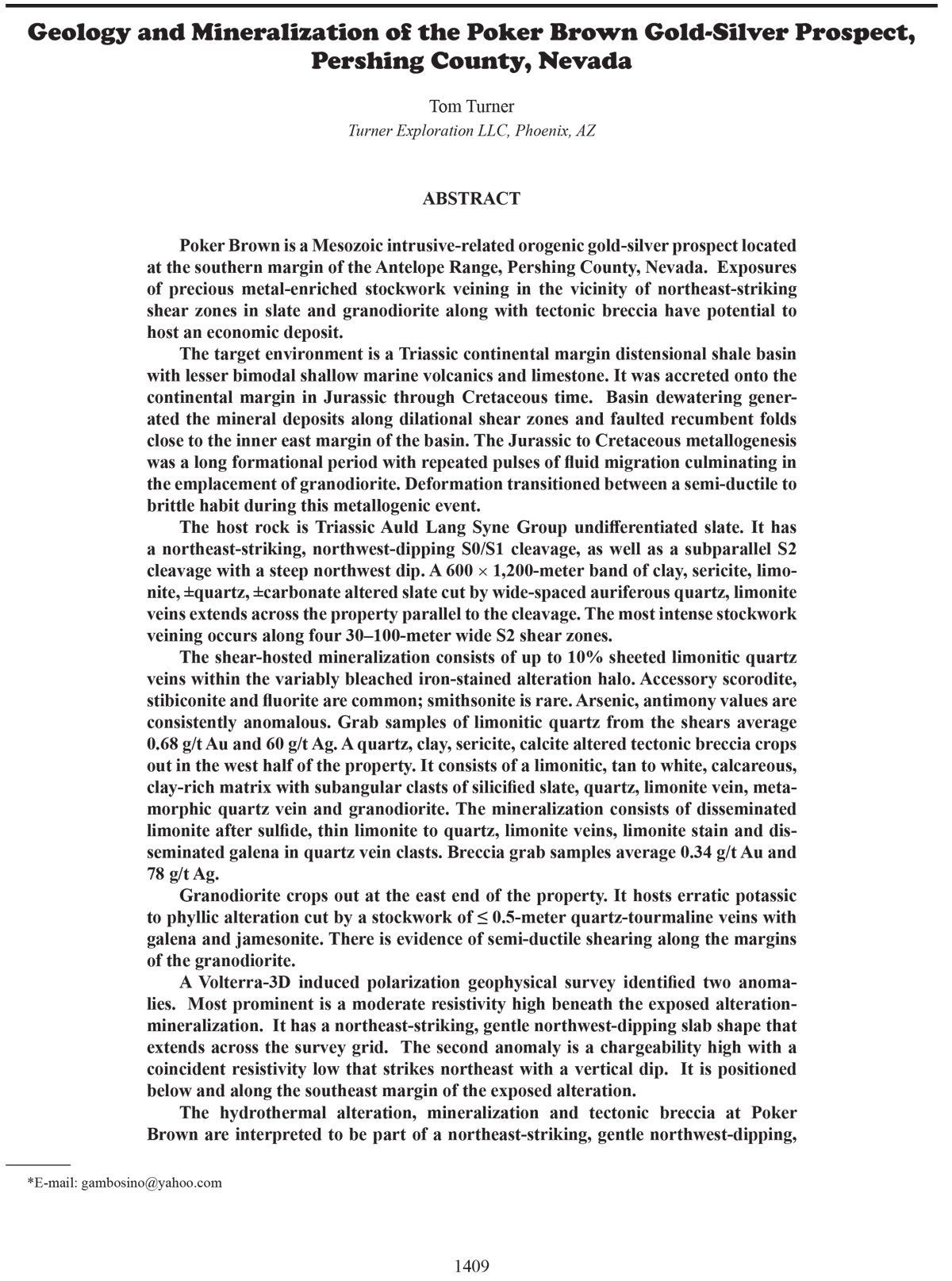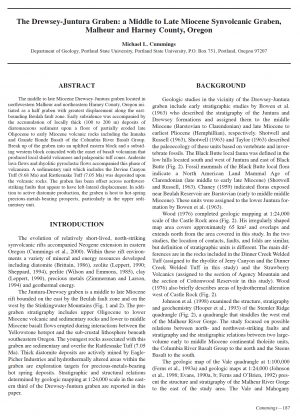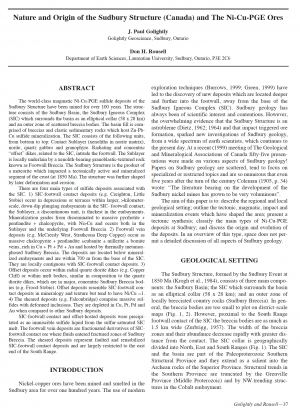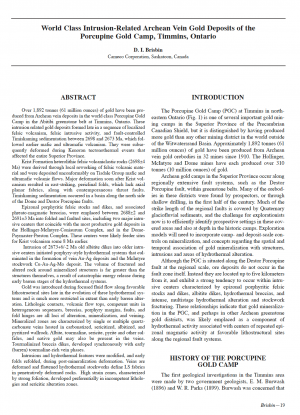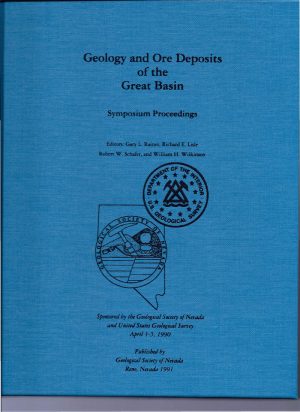Description
Poker Brown is a Mesozoic intrusive-related orogenic gold-silver prospect located
at the southern margin of the Antelope Range, Pershing County, Nevada. Exposures
of precious metal-enriched stockwork veining in the vicinity of northeast-striking
shear zones in slate and granodiorite along with tectonic breccia have potential to
host an economic deposit.
The target environment is a Triassic continental margin distensional shale basin
with lesser bimodal shallow marine volcanics and limestone. It was accreted onto the
continental margin in Jurassic through Cretaceous time. Basin dewatering generated the mineral deposits along dilational shear zones and faulted recumbent folds
close to the inner east margin of the basin. The Jurassic to Cretaceous metallogenesis
was a long formational period with repeated pulses of fluid migration culminating in
the emplacement of granodiorite. Deformation transitioned between a semi-ductile to
brittle habit during this metallogenic event.
The host rock is Triassic Auld Lang Syne Group undifferentiated slate. It has
a northeast-striking, northwest-dipping S0/S1 cleavage, as well as a subparallel S2
cleavage with a steep northwest dip. A 600 × 1,200-meter band of clay, sericite, limonite, ±quartz, ±carbonate altered slate cut by wide-spaced auriferous quartz, limonite
veins extends across the property parallel to the cleavage. The most intense stockwork
veining occurs along four 30–100-meter wide S2 shear zones.
The shear-hosted mineralization consists of up to 10% sheeted limonitic quartz
veins within the variably bleached iron-stained alteration halo. Accessory scorodite,
stibiconite and fluorite are common; smithsonite is rare. Arsenic, antimony values are
consistently anomalous. Grab samples of limonitic quartz from the shears average
0.68 g/t Au and 60 g/t Ag. A quartz, clay, sericite, calcite altered tectonic breccia crops
out in the west half of the property. It consists of a limonitic, tan to white, calcareous,
clay-rich matrix with subangular clasts of silicified slate, quartz, limonite vein, metamorphic quartz vein and granodiorite. The mineralization consists of disseminated
limonite after sulfide, thin limonite to quartz, limonite veins, limonite stain and disseminated galena in quartz vein clasts. Breccia grab samples average 0.34 g/t Au and
78 g/t Ag.
Granodiorite crops out at the east end of the property. It hosts erratic potassic
to phyllic alteration cut by a stockwork of ≤ 0.5-meter quartz-tourmaline veins with
galena and jamesonite. There is evidence of semi-ductile shearing along the margins
of the granodiorite.
A Volterra-3D induced polarization geophysical survey identified two anomalies. Most prominent is a moderate resistivity high beneath the exposed alterationmineralization. It has a northeast-striking, gentle northwest-dipping slab shape that
extends across the survey grid. The second anomaly is a chargeability high with a
coincident resistivity low that strikes northeast with a vertical dip. It is positioned
below and along the southeast margin of the exposed alteration.
The hydrothermal alteration, mineralization and tectonic breccia at Poker
Brown are interpreted to be part of a northeast-striking, gentle northwest-dipping shear-hosted, precious metal system with associated granodiorite. The induced polarization profiles indicate that the shear zone is about 50 meters thick near surface and
expands up to 200 meters down dip. A 753-meter, 6-hole RC drill test in 2017 did not
adequately test the geologic and geophysical targets.

